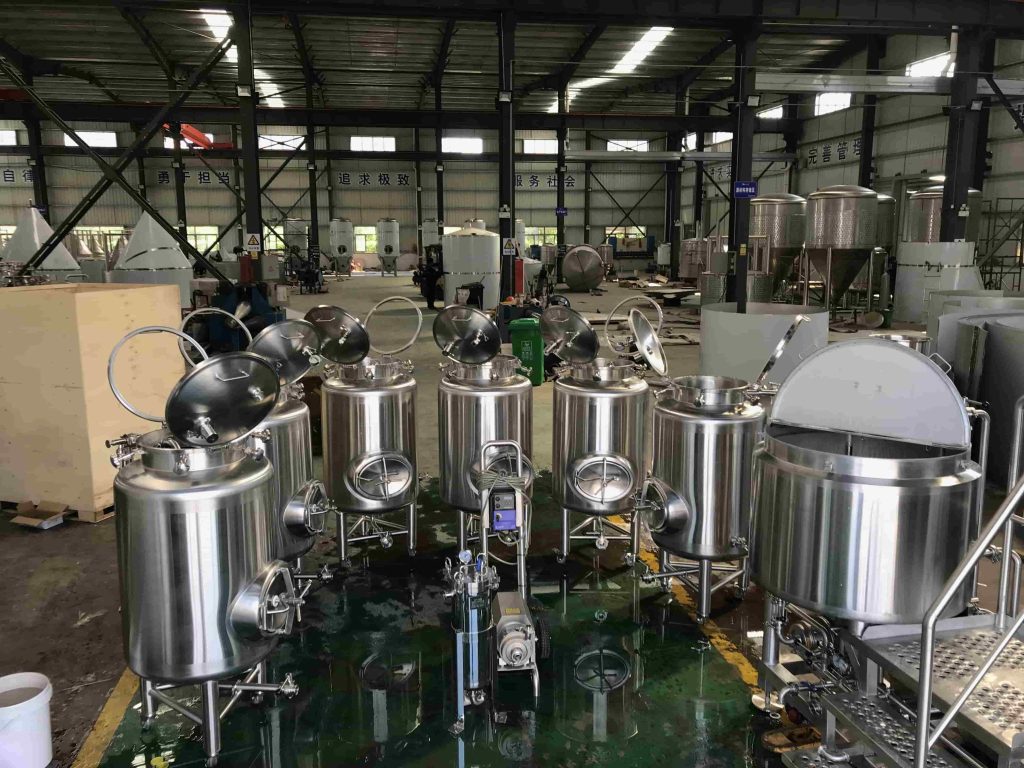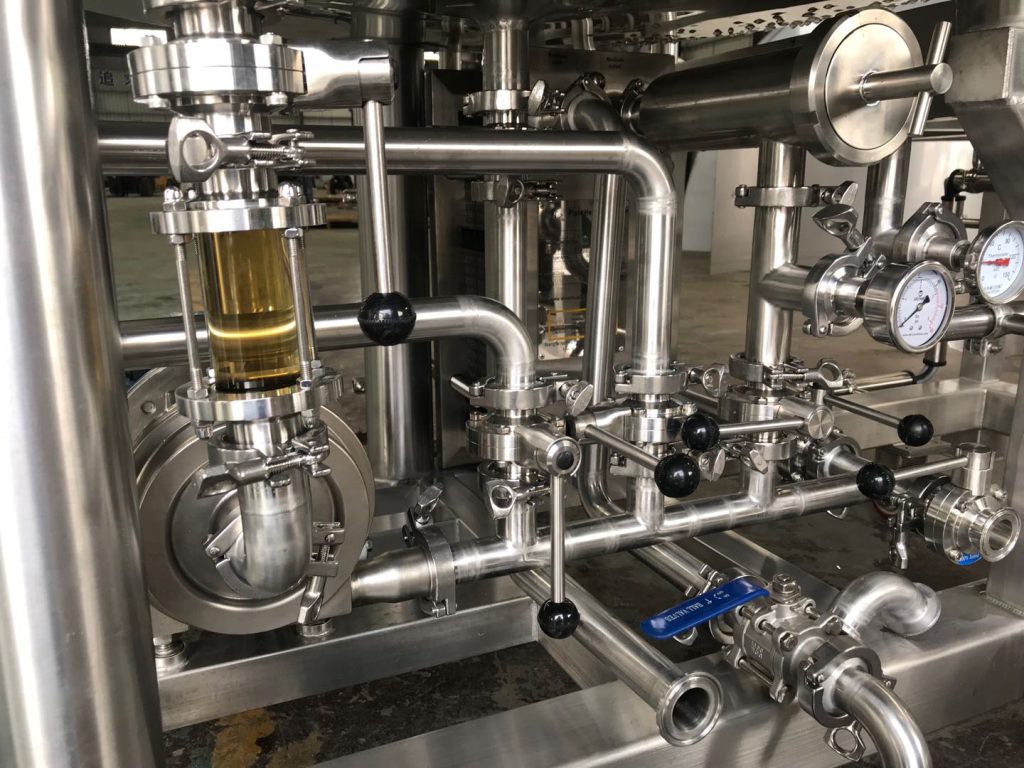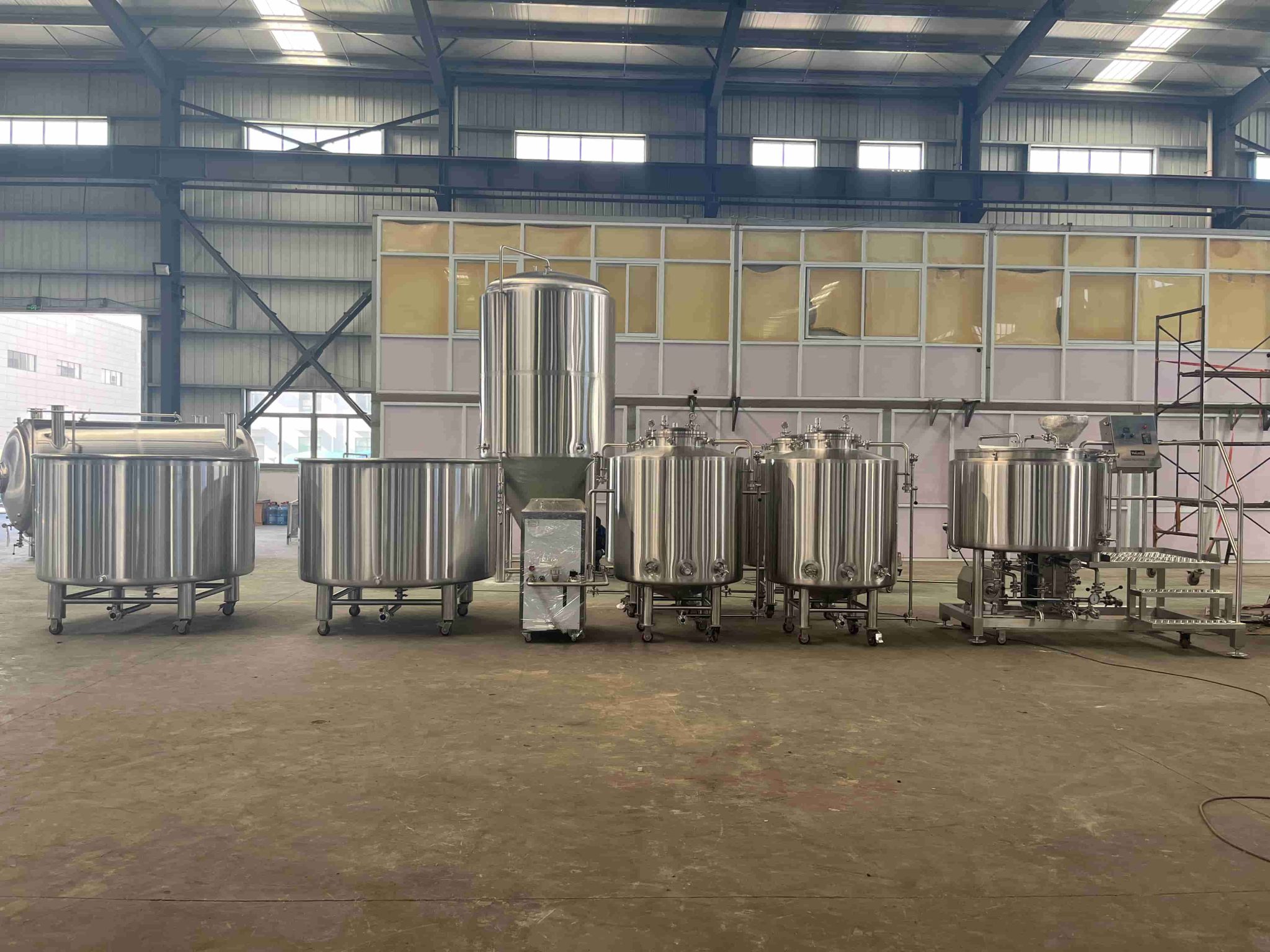Einführung

Kombucha hat in den letzten Jahren enorm an Popularität gewonnen und wird für seinen einzigartigen Geschmack und seine zahlreichen gesundheitlichen Vorteile gelobt. Das Brauen Ihres eigenen Kombuchas zu Hause ist nicht nur ein unterhaltsames und lohnendes Hobby, sondern gibt Ihnen auch die volle Kontrolle über die Zutaten und Aromen. Um einen erfolgreichen Fermentationsprozess sicherzustellen, ist jedoch die Auswahl der richtigen Kombucha-Brauzubehörteile von entscheidender Bedeutung. In diesem umfassenden Leitfaden erfahren Sie alles, was Sie über die Auswahl der besten Kombucha-Brauzubehörteile wissen müssen, und erhalten die notwendigen Werkzeuge für eine erfolgreiche Fermentation.
Verständnis Kombucha Brewing Supplies
Before we delve into specifics, it’s essential to understand the key components that make up kombucha brewing supplies. These supplies facilitate the fermentation process and ensure the safety and quality of your brew. Below is a detailed breakdown of essential kombucha brewing supplies and their purposes.
| Supply Type | Zweck |
|---|---|
| Gärbehälter | Where the fermentation process occurs |
| SCOBY | Symbiotic Culture Of Bacteria and Yeast |
| Starter-Tee | Base liquid for fermentation |
| pH-Streifen | To measure acidity levels |
| Bottles | For secondary fermentation |
| Brauset | All-in-one solution for beginners |
Essentiell Kombucha Brewing Supplies
When starting your kombucha brewing journey, having the right tools is paramount. Below is a more detailed list of essential kombucha brewing supplies, each explained for clarity.
Gärbehälter
The fermentation vessel is the heart of the kombucha brewing process. It’s where your sweetened tea transforms into the tangy, effervescent drink we all love. The ideal fermentation vessel should be made from non-reactive materials such as glass, ceramic, or food-grade plastic.
- Glass Jar: A standard 1-gallon glass jar is perfect for beginners. Glass is inert, which means it won’t react with the acids in kombucha, ensuring a safe brewing environment. Look for a wide-mouth jar to make it easier to add ingredients and remove the SCOBY.
- Brewing Crock: For those who wish to brew larger batches, a ceramic crock is an excellent option. These often come with a spigot for easy dispensing, making it simple to serve your kombucha without disturbing the SCOBY.
SCOBY
The SCOBY (Symbiotic Culture Of Bacteria and Yeast) is crucial to the fermentation process. It is a gelatinous, pancake-like mass that acts as the fermenting agent. The health of your SCOBY directly influences the quality of your kombucha.
When acquiring a SCOBY, ensure you obtain it from a reputable source. You can purchase a SCOBY from specialized brewing stores or online. Alternatively, you can grow your own by using a bottle of unflavored, raw kombucha as a starter.
Starter-Tee
Starter tea is essential for initiating fermentation. It provides the necessary acidity to create a safe environment for your SCOBY. You can obtain starter tea from a previous batch of kombucha or purchase a kombucha brewing kit that includes starter tea.
pH-Streifen
Monitoring the acidity level of your kombucha is vital for ensuring safe fermentation. pH strips allow you to check the pH level of your brew, ensuring it stays within the safe range of 2.5 to 3.5. This acidity level prevents the growth of harmful bacteria and maintains the quality of your kombucha.
Bottles
Once your kombucha has fermented, you’ll need bottles to store it for secondary fermentation. Glass bottles with airtight seals are highly recommended, as they allow for carbonation to build up without risking contamination.
You can choose between flip-top bottles or standard screw-top glass bottles. Flip-top bottles are particularly popular for their ease of use during secondary fermentation.
Brauset
For those new to brewing, investing in a complete kombucha brewing kit can simplify the process. These kits usually include all essential kombucha brewing supplies, such as a fermentation vessel, SCOBY, starter tea, and pH strips, making it easier to get started without needing to purchase individual items.
Additional Kombucha Brewing Supplies
Beyond the basic supplies, several additional kombucha brewing supplies can enhance your brewing experience and improve your results.
Temperaturregelung
Kombucha ferments best within a specific temperature range, typically between 68°F to 85°F. Temperature fluctuations can significantly affect the fermentation process. Using a temperature control device or a fermentation heater can help maintain optimal brewing conditions, ensuring consistent results.
Strainer
A fine mesh strainer is invaluable for removing tea leaves and other particulates from your brew. This helps ensure a smooth final product and prevents unwanted flavors from affecting the taste of your kombucha.
Flavoring Supplies
If you plan to experiment with flavoring your kombucha, having a variety of fresh fruits, herbs, or spices on hand is essential. Consider preparing a flavoring kit with your favorite ingredients, such as ginger, berries, or mint, to easily add during the secondary fermentation process.
Tips for Choosing the Best Kombucha Brewing Supplies
With the wide array of kombucha brewing supplies available, it can be overwhelming to make the best choices. Here are some helpful tips to guide your decisions:
Consider Your Brewing Volume
Think about how much kombucha you want to brew regularly. If you’re just starting out or are unsure about your commitment, a smaller fermentation vessel (1-gallon) may be the best choice. Once you gain confidence and experience, consider scaling up to larger vessels for more extensive brewing.
Quality Over Price
While it may be tempting to opt for the cheapest options, investing in high-quality kombucha brewing supplies can yield better results. Durable materials will withstand the fermentation process better and can last for multiple batches, making them a worthwhile investment.
Research Reviews and Recommendations
Before purchasing any kombucha brewing supplies, take the time to read reviews and seek recommendations from other brewers. Online forums, blogs, and social media groups dedicated to kombucha brewing can provide valuable insights and help you avoid poor-quality products.
Setting Up Your Brewing Environment
Creating the right environment for fermentation is just as important as having the right kombucha brewing supplies. Below are several tips for setting up an ideal brewing space.
Choose the Right Location
Selecting a warm, dark place for fermentation is crucial. A consistent temperature will help your kombucha ferment evenly. Avoid direct sunlight, as UV rays can harm the SCOBY and alter the fermentation process. A kitchen cupboard or a pantry is often the best choice for fermentation.
Maintain Cleanliness
Sanitation plays a vital role in brewing kombucha. Ensure that all your kombucha brewing supplies are thoroughly cleaned and sanitized before use. Use distilled vinegar or a mild bleach solution to clean your vessels, and rinse thoroughly with hot water to remove any residue. This step minimizes the risk of contamination, which can spoil your brew.
Troubleshooting Common Brewing Issues

Even with the best kombucha brewing supplies, issues may arise during the fermentation process. Here are some common problems and their solutions:
SCOBY Mold
If you notice mold forming on your SCOBY, it’s essential to discard the entire batch immediately. Mold can develop if the brew is exposed to contaminants or if the pH level is too high. To prevent this, always use clean utensils and vessels, and ensure proper brewing conditions.
Fehlaromen
If your kombucha has an off taste or is overly sour, it may be a sign that you need to adjust your fermentation time or the concentration of your starter tea. Experimenting with different brewing times can help you find the perfect flavor profile that suits your taste preferences.
Low Carbonation
If your kombucha lacks the desired carbonation, ensure you’re using airtight bottles during secondary fermentation. Additionally, adding a small amount of sugar or fruit can help boost carbonation levels, as yeast consumes the sugar and produces CO2.
Abschluss
Choosing the best kombucha brewing supplies is a critical step in ensuring a successful fermentation journey. By understanding the essential tools you need, considering your brewing volume, and maintaining a clean environment, you’ll be well on your way to brewing delicious homemade kombucha. Whether you are a novice or a seasoned brewer, having the right supplies can significantly impact the quality and flavor of your brew.
Häufig gestellte Fragen
Q:What is the best container for Kombucha brauen?
A:The best container for brewing kombucha is a glass jar or a food-grade ceramic crock. Glass is inert and won’t react with the acids in kombucha, ensuring a safe brewing environment. Avoid using metal containers, as they can interfere with the fermentation process.
Q:How long does it take to brew kombucha?
A:The fermentation process typically takes 7 to 14 days, depending on temperature, tea type, and personal taste preferences. Taste your kombucha regularly during this period to find your ideal fermentation time, adjusting it based on how tangy or sweet you prefer your drink.
Q:Can I reuse my SCOBY?
A:Yes, you can reuse your SCOBY multiple times, and with proper care, it can last for many batches of kombucha. To keep your SCOBY healthy, store it in a small amount of kombucha or starter tea when not in use, ensuring it remains moist.
Q:How can I tell if my Kombucha is ready?
A:To determine if your kombucha is ready, taste it periodically throughout the fermentation process. It should be tangy and slightly sweet, with a balance that suits your preferences. If it’s too sweet, it may need more time; if it’s too sour, it may have fermented too long.
Q:What can I use to flavor my kombucha?
A:You can flavor your kombucha with a variety of ingredients, including fresh fruits (like berries or citrus), herbs (such as mint or basil), spices (like ginger or cinnamon), and even juices. Experiment with different combinations during the secondary fermentation phase to discover your favorite flavors.
Q:Is it safe to brew Kombucha at home?
A:Yes, brewing kombucha at home is generally safe as long as you follow proper sanitation and brewing practices. Always ensure your equipment is clean, monitor your brew for any signs of contamination, and maintain the right fermentation conditions to ensure a successful batch.

